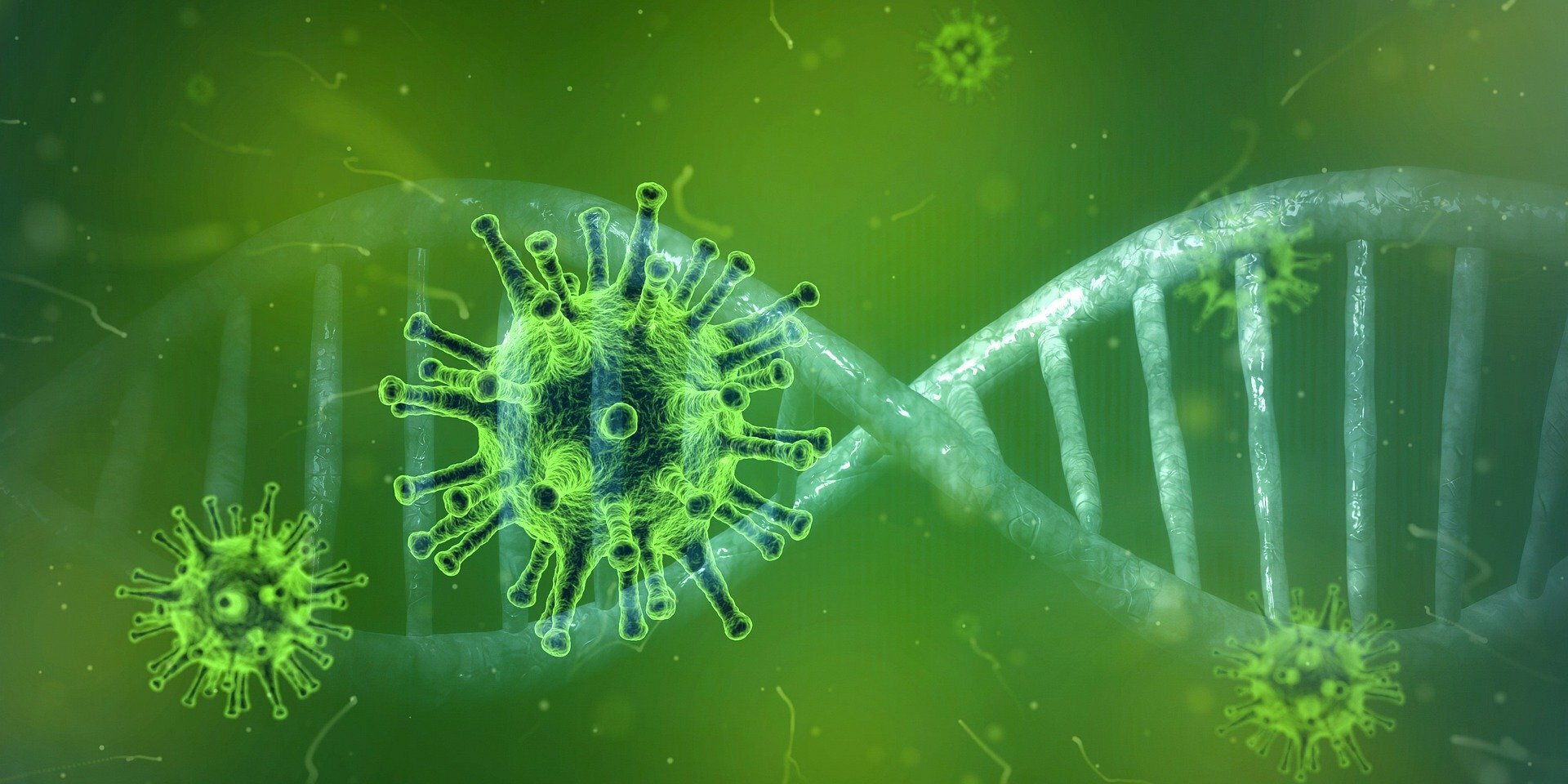
Communities around the world are beginning to reopen despite enduring concerns that the SARS-CoV-2 virus remains prevalent within the population. Many governments are entering a phase of combatting the virus ad-hoc, by implementing local lockdowns in response to real-time case data gathered on the frontlines of healthcare.
Regional quarantines are an important measure put in place to combat the spread of the novel coronavirus while reducing the economic impact of commercial and industrial shutdowns. Yet this can only ever be a temporary measure. The real battle in returning to some form of normalcy is being fought by SARS-CoV-2 researchers across the globe, who are responsible for characterizing the virus and screening potential antiviral treatments as well as perpetrating vaccine development.
As late as 31st December 2019, what we now know as the second severe acute respiratory syndrome coronavirus disease (SARS-CoV-2) or COVID-19, was being described as viral pneumonia of unknown cause. First detected in Wuhan, China, the disease rapidly spread across the globe, causing severe epidemics in Asia, Europe, and the US before the World Health Organisation (WHO) finally declared the situation a pandemic on the 11th March.
The road to the release of an effective vaccine is a long one, yet clinical trials into a host of potential antiviral solutions have gained significant traction. While the situation remains bleak in many corners of the world, it is important to note that our understanding of SARS-CoV-2 has changed dramatically in a reasonably short timeframe, due to the diligent work of scientists worldwide.
Many structural biologists are working to gain an understanding of structural properties of protein interactions involved in SARS CoV-2 infection and their functions. This has provided valuable insights into how viral biomolecules enter healthy cells and infect individuals. In the first step to achieve this, pure proteins need to be accessed. Automated protein purification techniques like fast protein liquid chromatography (FPLC) are the technique of choice here.
Using cryo-electron microscopy (cryo-EM) and protein X-ray crystallography – both powerful tools relying on highly pure proteins– researchers have acquired full 3D images of SARS-CoV-2 biomolecules. They have determined that by the characteristic surface spike glycoprotein SARS-CoV-2 molecules bind to the ACE2 receptor on human cells and helps to infect the host. Further research characterized the main protease of SARS-CoV-2 responsible for virus replication. Each of these proteins represents a promising target for antiviral drugs and potential vaccinations.
So far, liquid chromatography has proven essential to pioneering research into the composition, method of action, and structure of SARS-CoV-2. It is also one of the central research tools in therapeutic research, forming the basis of cutting-edge clinical trials based on the likes of RNA (ribonucleic acid) purification for novel therapeutic vaccinations. High-performance liquid chromatography (HPLC) is also proving essential in quality assurance and control of various bioactive ingredients across the research spectrum, providing a fast and reliable tool for all aspects of clinical development.
Are you interested in using some form of liquid chromatography in SARS-CoV-2 research? At KNAUER, we are committed to providing the best solutions This means we consider the needs of our customers carefully and suggest liquid chromatography systems and solutions based on your needs and requirements. Contact us today if you would like to learn more.
Several SARS-CoV-2 proteins present major targets for vaccination and antiviral strategies. Structural data of these proteins gives valuable information for drug and vaccine development. One of the important steps on the way for structural analysis is the purification of proteins in solution. FPLC is the method of choice to support your protein purification task.
